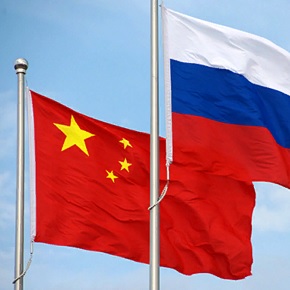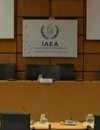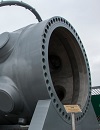 |
||
|
NuScale - waste controversy AtomInfo.Ru, PUBLISHED 13.06.2022 The NuScale Power company, which has gained worldwide fame thanks to aggressive advertising of its NuScale small modular reactor project. is now reaping the rewards of an excessive fascination with winning press releases, as the project has become the object of close scrutiny from independent experts. As soon as the U.S. regulators rejected the doubts of their colleague John Ma about the insufficient, in his opinion, seismic resistance of the NuScale reactor building, new unfavorable assessments of the project appeared. Criticism from the academy This time, a group of authors acted as critics, among whom stands out Allison M. Macfarlane, who headed the US Nuclear Regulatory Commission (NRC) for two and a half years. In a journal called Proceedings of the National Academy of Sciences they published an article analyzing the amount of nuclear waste that will be generated in small modular reactors. It is worth noting that in the United States, this concept includes not only radioactive waste, but also spent nuclear fuel, because in this country today it is not supposed to close the nuclear fuel cycle. "Small modular reactors (SMRs; i.e., nuclear reactors that produce <300 MWelec each) have garnered attention because of claims of inherent safety features and reduced cost. However, remarkably few studies have analyzed the management and disposal of their nuclear waste streams," the abstract to the article says. The authors decided to fill this gap and performed a comparative analysis of the three SMR concepts and a standard 1100 MWe PWR - naturally bringing it to a common denominator in terms of energy production. The conclusion made sounds disappointing: "Results reveal that water-, molten salt-, and sodium-cooled SMR designs will increase the volume of nuclear waste in need of management and disposal by factors of 2 to 30." Reaction from the company For the light water SMR discussed in the article, the known NuScale SMR data were taken as a basis. Therefore, the article immediately provoked a strong reaction from NuScale Power. In a public letter addressed to the editor-in-chief of an academic journal, the company's management claims that the article contained two gross factual errors. Firstly, for the analysis in the article, outdated design information about the thermal power of the reactor was taken, and secondly, incorrect data on the burnup were used. With the burnup, the authors really made a gross mistake, although they tried to explain themselves by the fact that the burnup details "were redacted from the publicly available license application of the NuScale reactor." But still, 34 GW×d/t used in the calculations for the article is really very small. The NuScale Power's response states that their reactor will have an average burnup of 45 GW×d/t and a maximum burnup of 62 GW×d/t. The company claims that data are in the possession of the US Academy of Sciences, and at least one of the authors could see it. The outdated design information on thermal means the following. The authors of the article focused on a project with a thermal capacity of 160 MWt and an electrical capacity of 50 MWt, while now NuScale Power is promoting a project with capacities of 250 MWt and 77 MWe. In a letter to the magazine, the company spoke something like this - if the authors of the article had taken accurate data on power, burnup and reflector material, they would have concluded that the NuScale SMR produces no more spent nuclear fuel (SNF) than the high-power light water reactors (the letter focuses specifically on SNF, not all nuclear waste taken together). Remaining nuances It would seem that the issue is closed, but as always, there are nuances. First of all, the study carried out by the authors of the article was complex and affected not only spent nuclear fuel, but also radioactive waste. The factual errors made by the authors allowed the company to gracefully avoid discussing radwaste issues from NuScale SMRs, including waste generated during decommissioning. The second nuance concerns outdated design information about power. The fact is that the company used this term to designate the very project that was certified in the USA and received wide press around the world. Now it turns out that the advertised project has not only become obsolete, but may have hidden systemic problems, including the amount of waste generated. In conclusion, the 77 MWe project, referred to on the NRC website as NuScale NPM-20, has not only not been certified in the US, but has not even started it yet. The developers are holding preliminary discussions with regulators, and the application for certification is scheduled for the fourth quarter of 2022. Topics: Small NPP, USA, NuScale, Opinions Other news: Russian specialists present reports at IAEA Conference on Fast Reactors A total of 70 reports by Russian participants were presented at the conference. Specialists of SSC RIAR have successfully completed the modernization of the VK-50 reactor This is the first and only operating pressurized boiling reactor with natural coolant circulation in the country. Ghana will decide on the site before the end of the year Four candidate sites are currently being explored. |
Hero of the day 
First Concrete laid at Xudapu NPP Power Unit 4 in China First concrete ceremony has taken place at Xudapu NPP Unit 4 constructed under the Russian VVER-1200 design. The construction has reached its active phase. Xudapu NPP Unit 3 is also in the active stage of construction. INTERVIEW
FR22 concluded its work OPINION
AtomInfo.Ru |

